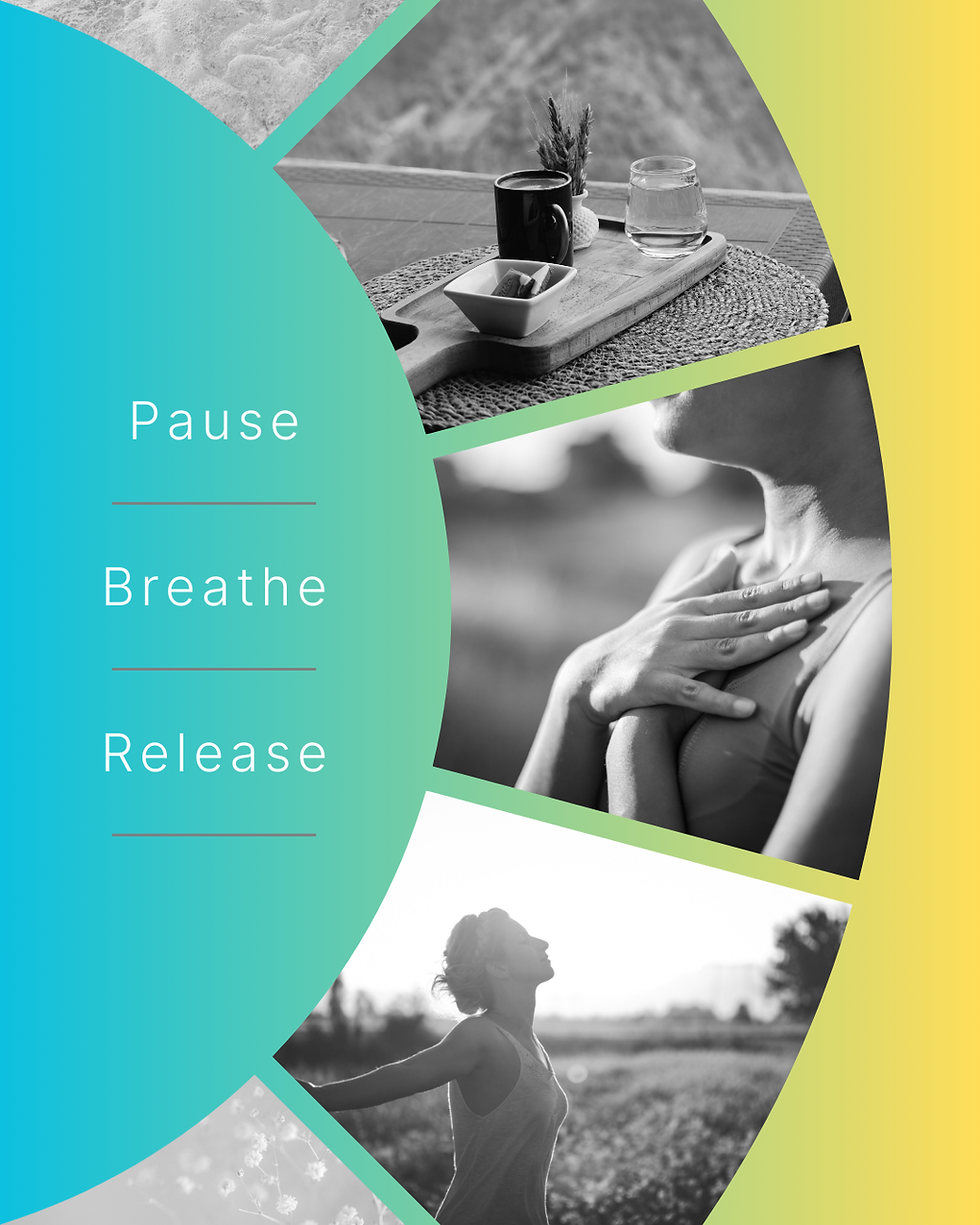Top 3 Ways to Maintain Thyroid Health
- Jennifer Heard
- Jun 11, 2013
- 3 min read
The most common form of thyroid problems are due to the insufficient production of thyroid hormones; Hypothyroidism. Hyperthyroidism, the over production of thyroid hormones, is less common. In this article we will look at Hypothyroidism as it can affect the majority of us at some point in our lives.
As we age processes in the body tend to slow down, the leading cause is insufficient or low quality nutrients, stress and lack of exercise. Symptoms of an underactive thyroid may include:
· High cholesterol levels
· Apathy, depression
· Sluggishness, trouble sleeping
· Sensitivity to cold
· Dry, rough skin
· Brittle hair
· Changes in the voice
· Hands, face, and eyelids may become puffy
· Possible weight gain or the inability to loose weight
…However some may not experience any symptoms. Fortunately thyroid function is easy to maintain; the following is a simple breakdown of steps you can take to ensure proper thyroid function throughout the stages of life.
Proper Nutrition
Iodine is the number 1 ingredient for thyroid hormone production!! Do you consume shellfish or kelp weekly? Of course there is such a thing as too much! Remember moderation in all aspects to remain healthy; as too much iodine can cause hyper and hypo -thyroidism.
Some great ways to get iodine are wild caught, fresh fish, seafood and kelp. Farmed fish and seafood do not have the same nutrient content as wild due to feeding options and water quality.
Other key nutrients include C, E and B-Group vitamins. All of these nutrients are readily available through whole foods: fresh fruits, vegetables, whole grains. The best method of preparation to ensure vitamins are not broken down is to eat raw or steamed foods that are not overcooked. No fried foods!
Stress Management
When the mind perceives stress the body reacts by producing stress hormones that prepare the body for the “fight or flight” response. The presence of stress hormones in the system reduces the levels of thyroid stimulating hormones (TSH). If the stress response is activated repeatedly the adrenals glands become weakened causing “hypothyroid type” symptoms. Over time this leads to a weakened thyroid.
This is an over simplification, in reality there are many factors at play here all leading to physical and mental health problems.
What can we do to relieve stress? Exercise and meditation! This leads us to the third method of supporting the thyroid.
Yoga & Meditation
Meditation allows us to look, without judgement, at ourselves. It gives us a chance to collect our thoughts and actions to improve daily life. Through meditation we can focus our breath, learn to breath more effectively, calm and regroup the mind, discover and fix problems that have arisen, forgive and forget those of the past. With practice the body and mind become one working together instead of separate, when this happens stress disappears.
Yoga is a means to this end. Through movement and poses we can release tensions that have built up in the body to prepare for meditation. Yoga increases the quality and flow of blood and oxygen. It allows for drainage of the adrenal glands, stimulates the digestive track, and circulates lymphatic fluid to allow for proper functioning. With regard to the thyroid; Sarvangasana, otherwise known as shoulderstand is the key pose for supporting thyroid functioning. The act of being upside-down allows the reversal of gravity on the circulatory system, it directs the flow of oxygen to the upper lungs increasing lung capacity and most importantly it allows for a greater supply of oxygen directly to the thyroid gland.
To Do Sarvangasana:
Begin lying flat on your back, hands at your sides palms down, as you exhale raise the legs above the hips, slowly extend the legs so that your feet are above the head hold for a few seconds as you breath normally. On an exhale bring the legs straight up over head and move the hands to support the lower back, keeping your elbows on the ground. Keep walking your hands closer to your shoulder blades as you continue to raise the hips overhead until shoulders, hips and feet are in alignment. Hold for several breaths as long as the breath remains even.
Release with opposing movement: slowly remove your hands and rest at sides as the hips lower back to the ground with legs straight up to the ceiling, once hips are resting on the ground bring feet to the ground and extend the legs. Increase the number of breaths spent in Sarvangasana slowly over time.
Shoulder stand is not the yoga pose good for the thyroid! There are many other yoga poses that will support thyroid health, the best possible yogic treatment would include shoulder stand as part of an hour long practice followed by a meditation practice.
To learn more talk to your local natural health practitioner or yoga therapist!
Namaste!



Comments